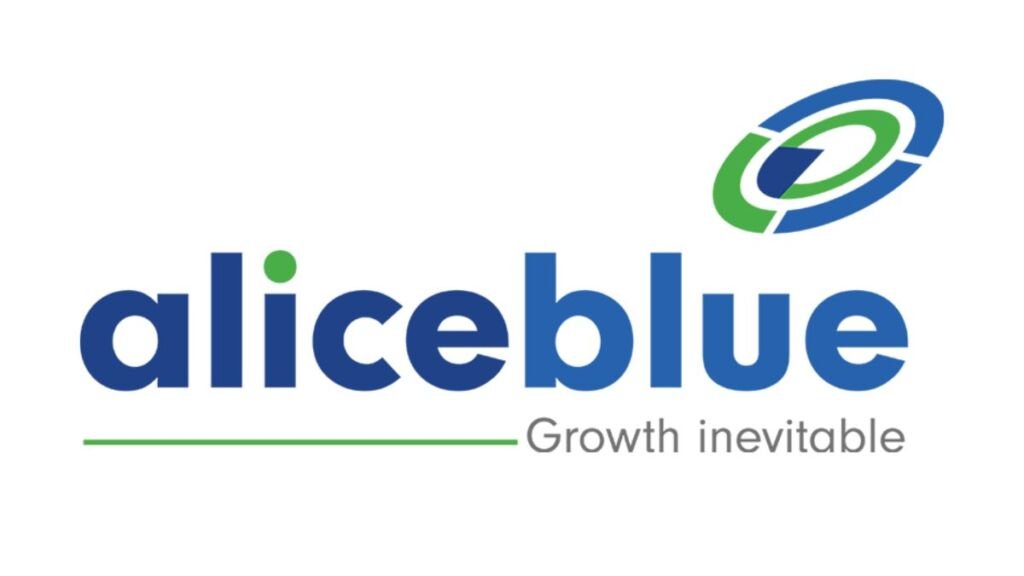Bengaluru (Karnataka) [India], April 14: Tax loss harvesting is a practical method that helps investors reduce their tax liabilities and increase the post-tax returns on their portfolios. By selling off underperforming securities in their portfolios, investors can employ a tax loss harvesting strategy to lower their tax obligations.
The recommended course of action under this strategy involves selling underperforming stocks or equity funds, realizing losses along the way, and then offsetting them against capital gains.
How does it work?
A profit made by an investor from the sale of securities held for less than a year is referred to as STCG(short-term capital gain), whereas for securities held for more than a year, it is referred to as LTCG(long-term capital gains). Currently, STCG and LTCG rates in India are 15% and 10%, respectively.
Now, let’s say a shareholder makes Rs. 1 lakh capital gains in a fiscal year. Accordingly, if 1 lakh is STCG, the tax obligation will amount to Rs. 15000, and if 1 lakh is LTCG, the tax obligation will amount to Rs. 10000. The trick in this situation is that by selling the loss-making securities, the investor can use tax loss harvesting to lower their capital gains tax liability.
Let’s say the investor holds securities in their portfolio with unrealized losses of Rs. 50,000. So the investor can lower the net capital gains to Rs. (100000-50000) = Rs. 50,000 by selling these loss-making securities.
Now since the capital gains have been offset by the value of unrealized losses, the tax on capital gains will be charged only on the remaining amount or net capital gains of Rs. 50000.
Thus, if Rs. 50000 is the net STCG, then the tax obligation will amount to Rs.7500, and if Rs. 50000 is net LTCG, the tax obligation will amount to Rs. 5000. This means that there will be a tax saving of Rs. 7500 in case of STCG and Rs. 10000 in case of LTCG. Thus, this strategy can help you save taxes.
However, the complexity of tax laws and the specifics of your financial situation can impact your tax-loss harvesting strategy. To avoid making a costly mistake, it is always advisable to consult a tax expert or financial planner for the same.
Alice Blue, one of India’s leading broking firms, can help you effectively undertake this low-risk strategy to save your taxes. For that, you can visit Alice Blue’s website and follow the instructions to open a trading or Demat account with them. Once you have done that, transfer your current stocks or mutual funds to this account for portfolio evaluation so that Alice Blue can assist you in identifying opportunities to realize losses when you have capital gains to offset them.
Visit Alice Blue’s BOT portal next, and sign in there. BOT portal is the analytics studio for your Alice Blue account, providing you with a thorough overview of your investments, portfolio, and reports. After logging in, you can select tax loss harvesting under “Reports” on the portal, and a comprehensive tax loss harvesting report will be generated.
Utilizing the expertise of professional firms like Alice Blue can assist you with reviewing every aspect of your portfolio, taking the Wash-Sale Rule into account, keeping an eye out for opportunities all year long, and keeping your long-term objectives in perspective. Your long-term investment goals must always be taken into consideration when choosing which investments to sell to realize tax losses.
Through Tax loss harvesting Alice Blue can help you decrease tax obligation, enhance returns after taxes, maintain portfolio diversification, find an opportunity to reinvest, and reduce overall investment risk.
Are you also holding on to investments whose value has declined?
Well then, adopt the tax loss harvesting strategy by carefully monitoring your portfolio and looking for opportunities to sell securities at a loss. Keep in mind some crucial points, like using capital losses to offset capital gains within the same tax year. It will make tax loss harvesting the most profitable. Additionally, always reinvest the money realized from selling loss-making securities immediately.
Other than that, before implementing a tax loss harvesting strategy, consulting with a tax expert or financial advisor like Alice Blue is always a wise move to ensure that your tax saving move is in line with their overall financial goals and objectives.
If you have any objection to this press release content, kindly contact pr.error.rectification[at]gmail.com to notify us. We will respond and rectify the situation in the next 24 hours.
The post Tax Loss Harvesting: An effective strategy to bring down your tax obligations appeared first on OUR INDIA.



